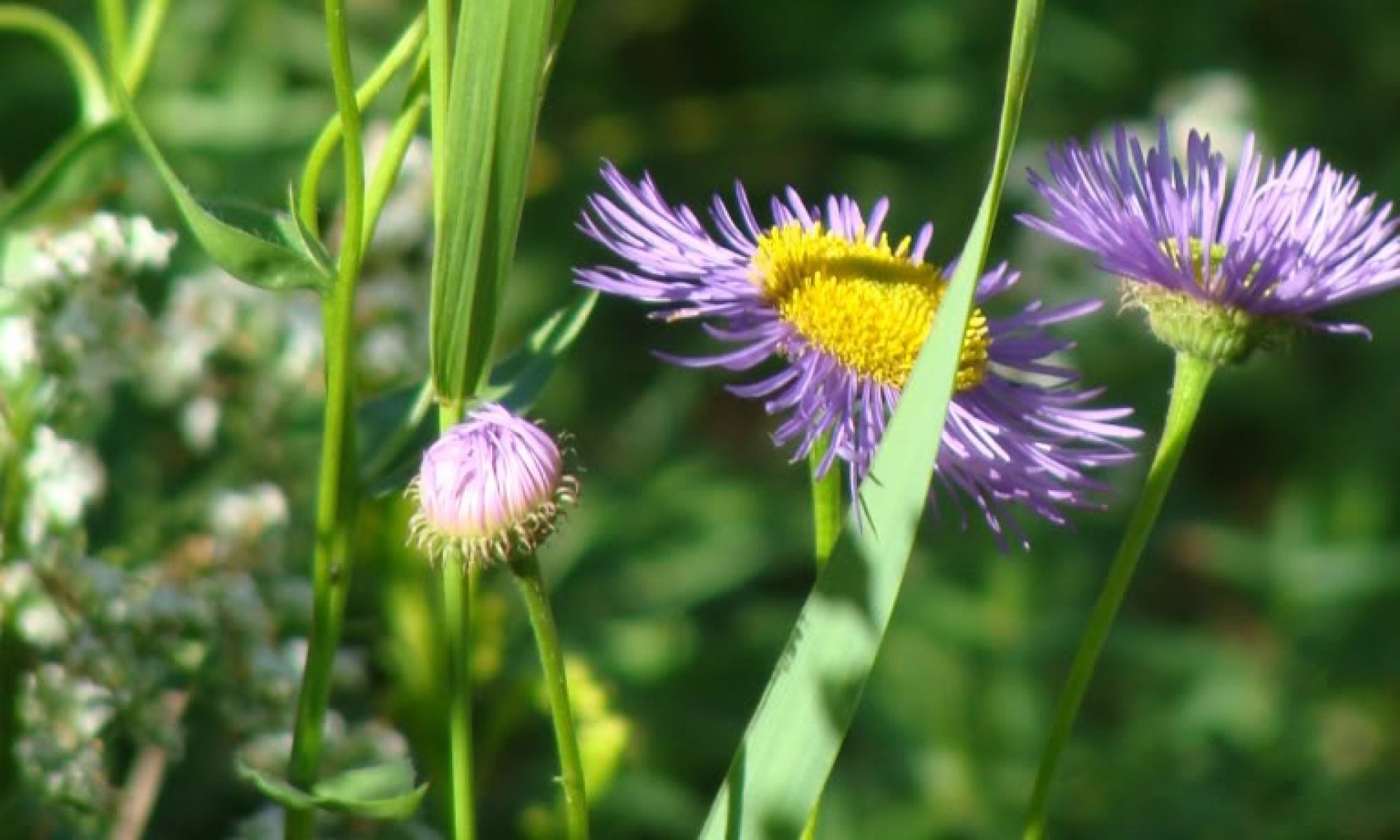We had some big lower limbs trimmed off our big Douglas fir tree last week. I asked to have the trimmings left so I can spread them around the native plant garden below and around this tree and let them decompose right in the garden. In addition, the Norway maple across the street has dropped a bunch of leaves in the street. I plan to move those to the native plant garden. They aren’t native leaves, but they will add nutrients to the soil in that garden and places for decomposers/detritivores to hide and do their work.



I was pondering how smart and uncomplicated nature is while humans have made things very ridiculous and complicated. Specifically, I was focusing on the idea that most natural resources should stay put, not move around. For example, trees have evolved to create their own perfect environment. They grow leaves that use the sun to make food to help the tree grow and reproduce. Then, they drop those leaves which compost into nutrients for the very same trees, at exactly the right time. And while they are performing those processes to ensure their own success, they also impact hundreds or thousands of animals and plants. They create shade. They provide food with their leaves and their bark and their roots, and their seeds. They provide shelter. They sequester carbon. Trees are phenomenal!
The native Douglas asters that I grew this year bloomed well through the late summer and early autumn and set lots of seeds. I pulled a few and will try to germinate them. I left the others, hoping that the birds will find them and also that some will find their way elsewhere in the garden and germinate. We’ll see if that happens. With all the bark on the garden, I’m not sure the seeds will find a friendly place to grow.


Back in late spring I started a batch of Collomia grandiflora seeds. They were placed in the native plant garden in summer, but most of them faded away, probably due to lack of water. However, one of them has done well and now, in early November, has flowers. These are really beautiful native annuals and I will grow them again, but start them earlier. The flowers aren’t open in the photos, but you can get a sense of how the plant grows and the flower color.


Indigenous people of eastern Washington used these plants as a laxative and fever treatment. The leaves have been used to cover berry baskets. I’ll get them started much earlier next year so I can really enjoy their flowers and attract native pollinators.
